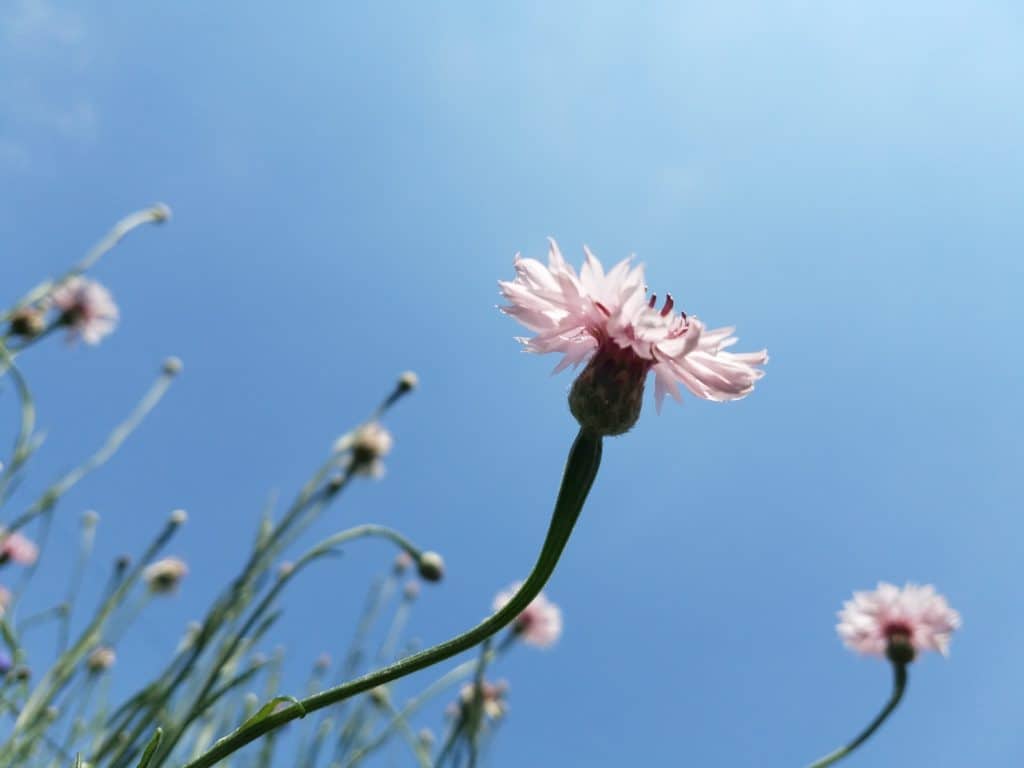
The humidity enveloped the landscape, constricting ever tighter, until flora and fauna wilted. Breathless, lifeless, and defeated, Summer had officially arrived in all its oppressive glory. Oh, and we have cicadas.
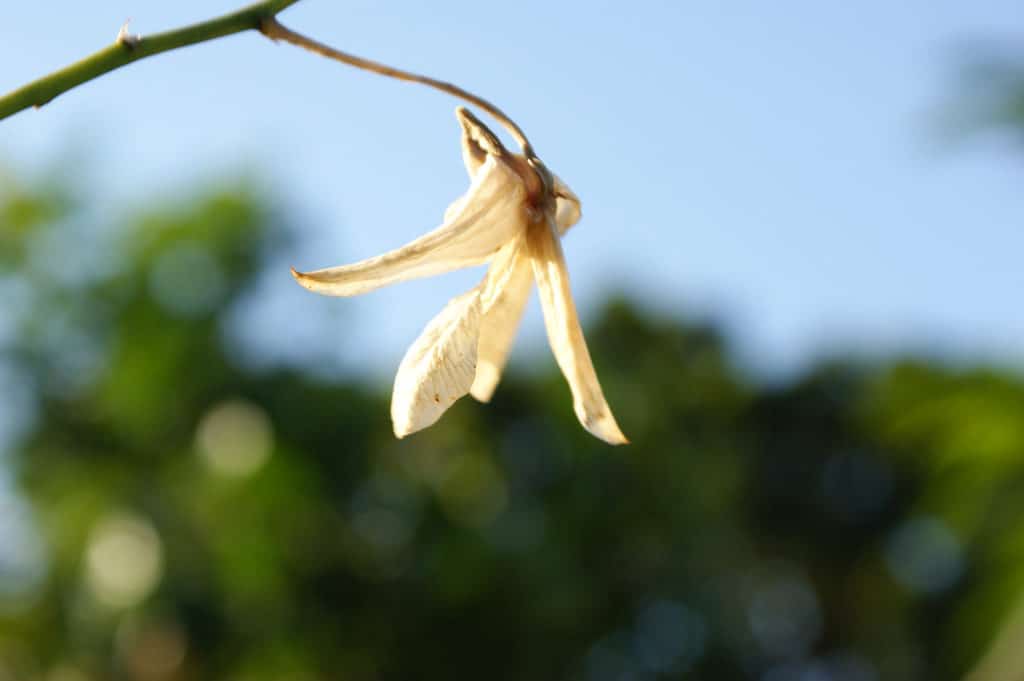
Heat stress is a real thing and can adversely affect our plants. When temperatures start to top 85 degrees, plants will begin to wilt and curl their leaves in an attempt to protect themselves and conserve water. Plants, much like humans, dispel moisture into the air in a process called transpiration. When transpiration outpaces the plants’ ability to supply water through its roots, wilting occurs. When hot temperatures persist, leaves may become bleached and even burnt. Some will even drop their flowers or fruits. Trees, especially, will begin to drop their leaves
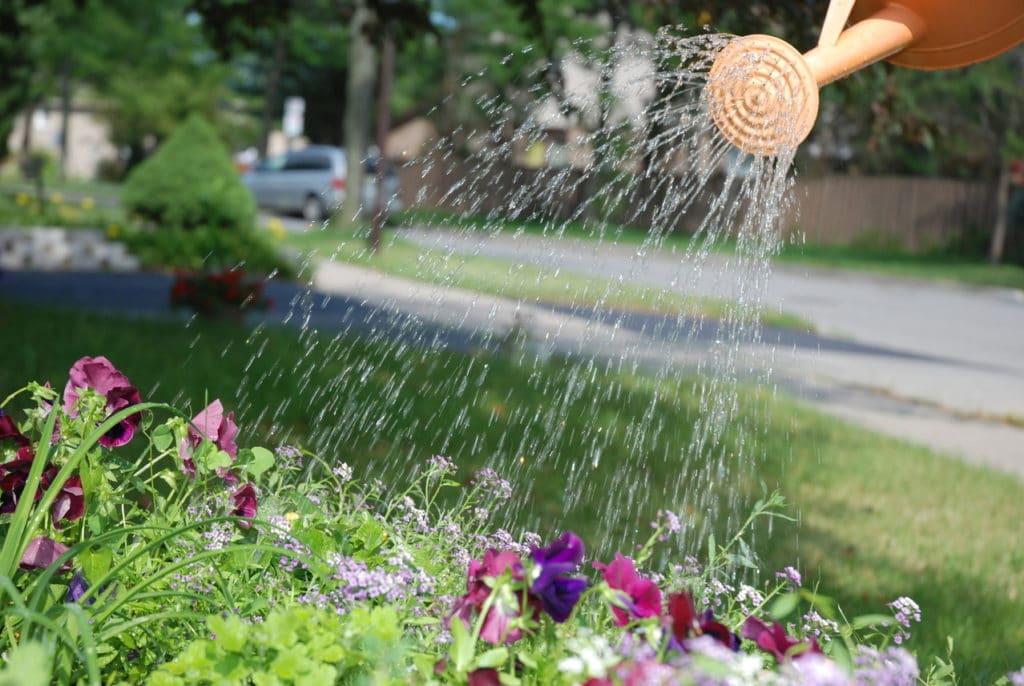
To combat heat stress, supplemental watering may be necessary. Remember to water early in the morning, so less water is lost to evaporation from both heat and wind. Also, watering early allows your plants to face the heat of the day in the best condition possible. Container plants dry out faster and soil temperatures heat up quicker, so watering may need to be done twice daily.

Mulch is also an effective tool as it helps maintain moisture and reduces evaporation. It also helps regulate soil temperatures while keeping weeds at bay, so plants don’t have to compete for water. Mulch is also aesthetically pleasing by giving planting beds and tree rings a neat and tidy look. Established plants with stronger root systems can help protect younger or transplanted plants from heat stress by providing some partial shade. Additionally, if planting seeds during times of high, hot temperatures, plant a little deeper than normal. Warm temperatures and direct sunlight can quickly dry out topsoil, so planting deeper can better protect them from dehydration and heat stress.
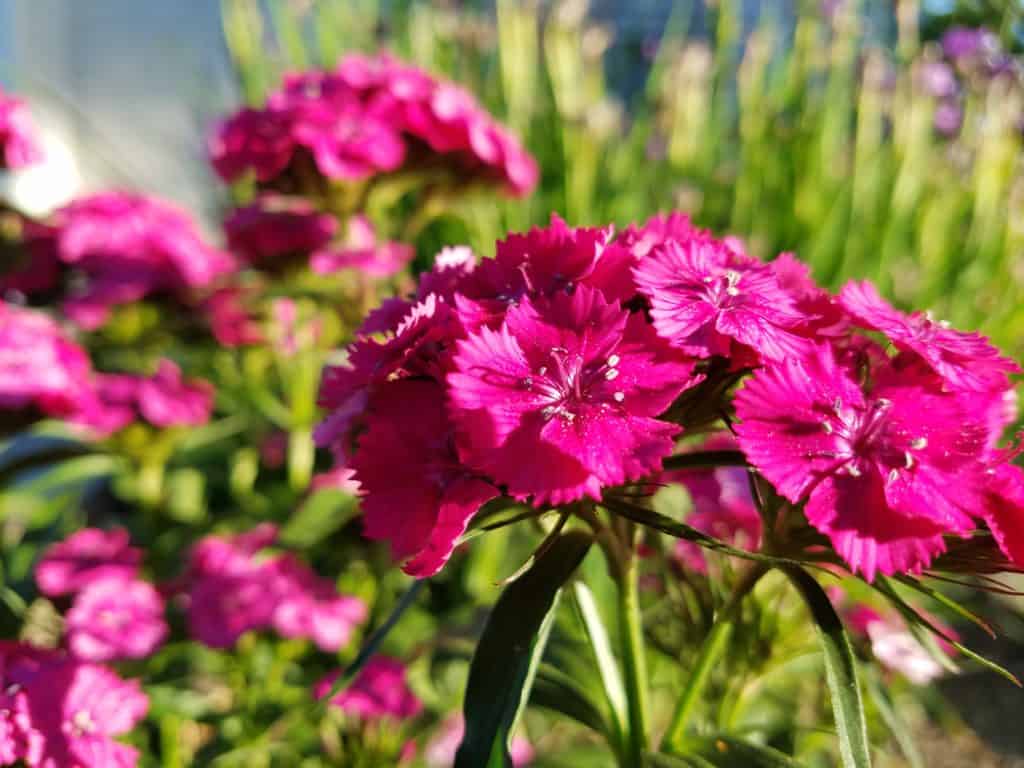
Rumor has it this Summer is going to be warmer than normal, so monitor your plants and trees, and act accordingly. When in doubt, reach out to Sweeney’s! If you haven’t done so already, order and schedule your mulch installation right away before the dog days of Summer start barking.
Plant of the Week
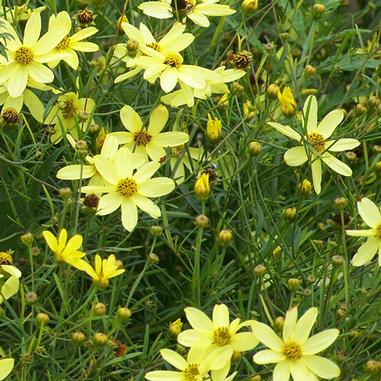
Moonbeam Coreopsis
Soft, buttery-yellow flowers bloom amongst lacy foliage June – October. Prefers full sun, and dry soil. Grows 12-18″ tall and 12-18″ wide. Drought tolerant. Attracts butterflies and pollinators.
“Full-on summer fell like a hammer. By nine in the morning you could already start dreading how hot it was going to be”.
~Janet Fitch,
Well wishes,
Kim Sweeney
